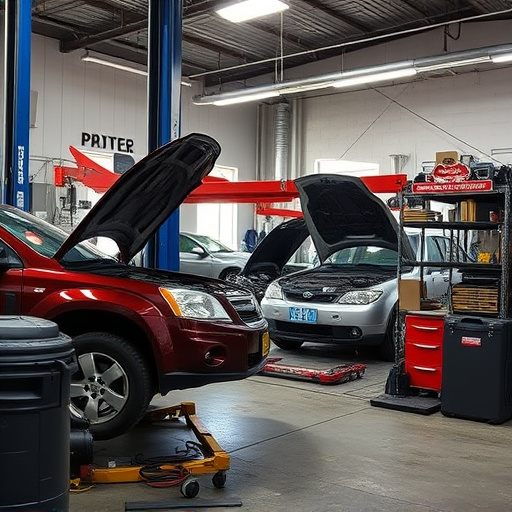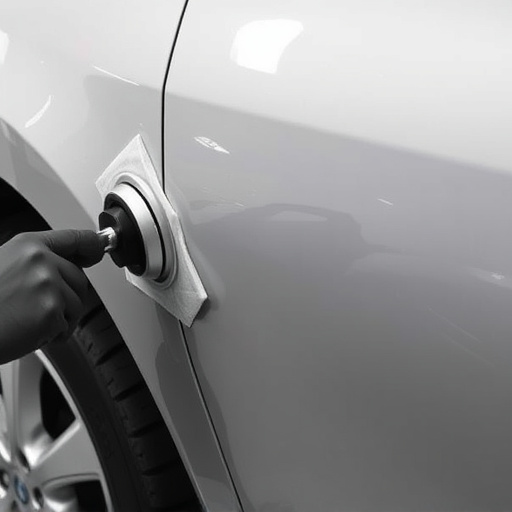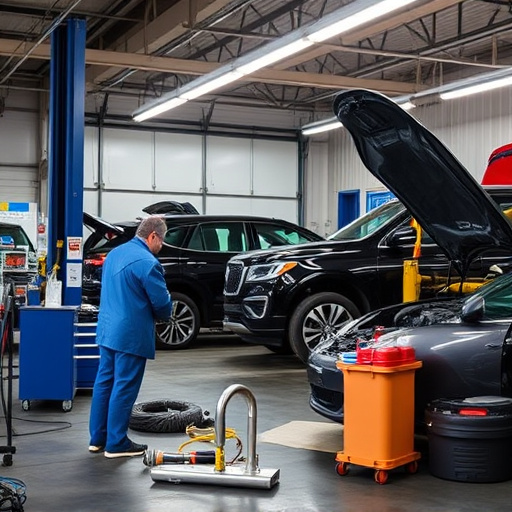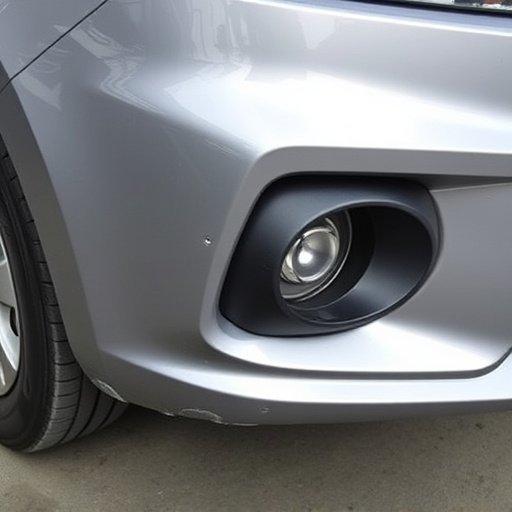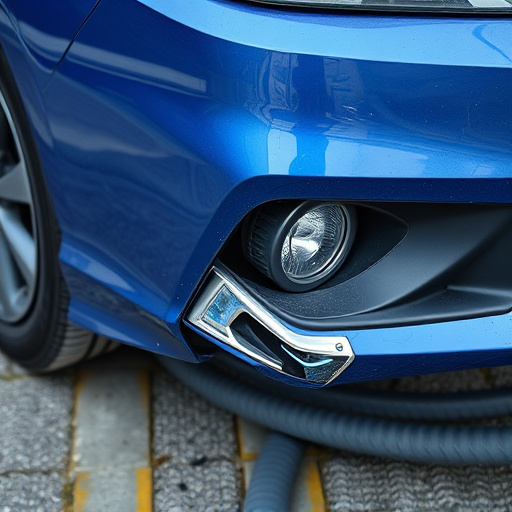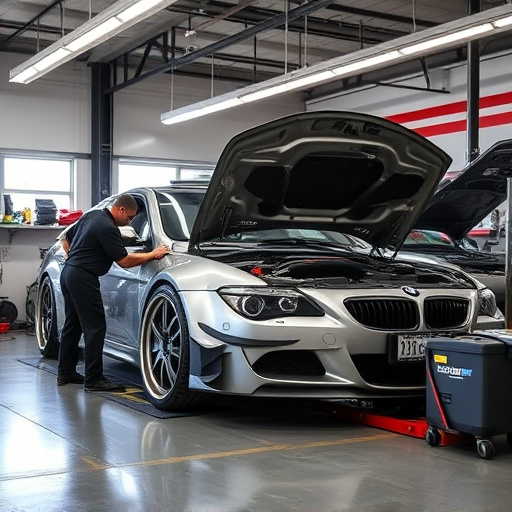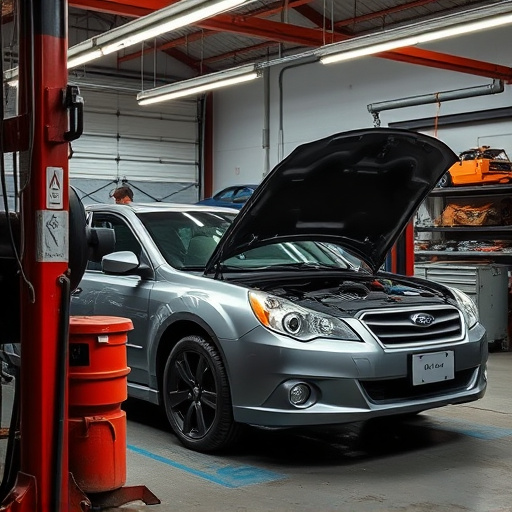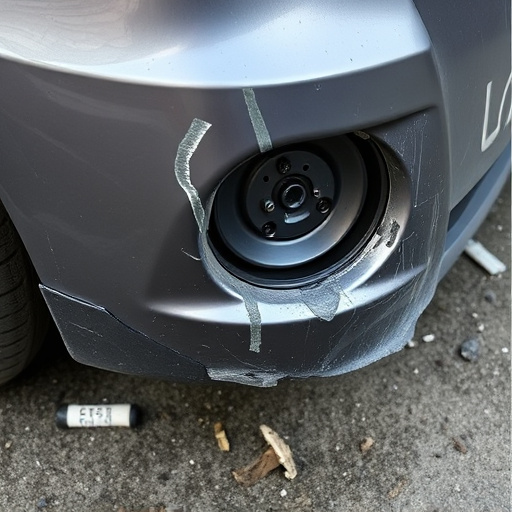Repair scheduling collisions disrupt auto body repair workflows, causing delays and impacting customer satisfaction. To mitigate these issues, auto body shops should prioritize repairs based on urgency and complexity, use specialized software for real-time updates, and communicate accurately with customers to enhance efficiency and maintain positive reputations.
In today’s fast-paced automotive industry, understanding the intricacies of repair scheduling collision is paramount for workshops and service centers. This article delves into the challenges posed by these unexpected overlaps, which can significantly impact repair turnaround times, frustrating both businesses and customers alike. We explore effective strategies to mitigate collisions, aiming to optimize efficiency, reduce wait times, and enhance overall customer satisfaction in the face of these scheduling hiccups.
- Understanding Repair Scheduling Collision
- Impact on Repair Turnaround Times
- Strategies to Mitigate Collisions and Improve Efficiency
Understanding Repair Scheduling Collision
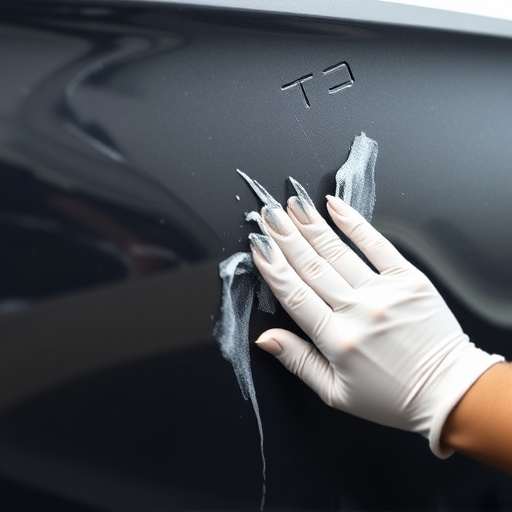
Repair scheduling collision refers to the scenario where multiple vehicles require simultaneous or consecutive repairs at an auto repair shop. This situation often arises in auto body repair facilities, where vehicle restoration and accident repairs are common. When several cars need attention at once, it can significantly impact the overall workflow and repair timeframes.
The challenge lies in managing these collisions efficiently without causing delays. Auto body repair shops must carefully coordinate appointments, allocate resources effectively, and consider the complexity of each repair. By optimizing scheduling practices, they can minimize downtime, enhance customer satisfaction, and ensure that vehicles are returned to their owners within the promised time frames.
Impact on Repair Turnaround Times
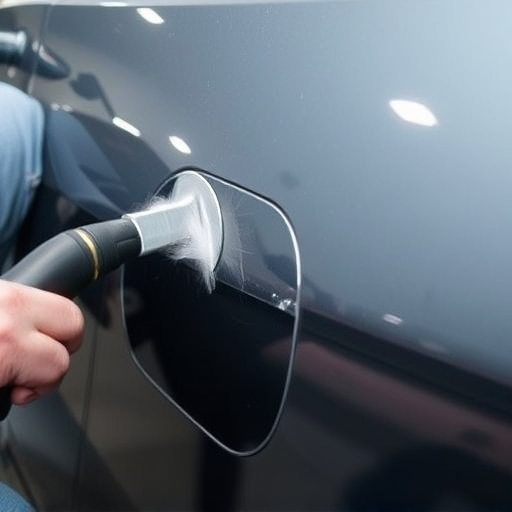
The occurrence of a repair scheduling collision can significantly impact the overall turnaround time for any car damage repair, including hail damage repair or luxury vehicle repair. When multiple vehicles require servicing due to collisions, it creates a ripple effect in the workshop’s workflow. Typically, these situations lead to delays as technicians and resources become overloaded.
This disruption can extend the time frame for completing repairs, affecting both individual vehicle owners and the reputation of repair facilities. Efficient collision scheduling strategies are essential to mitigate these challenges, ensuring that car damage repair processes remain streamlined, timely, and cost-effective despite high demand.
Strategies to Mitigate Collisions and Improve Efficiency
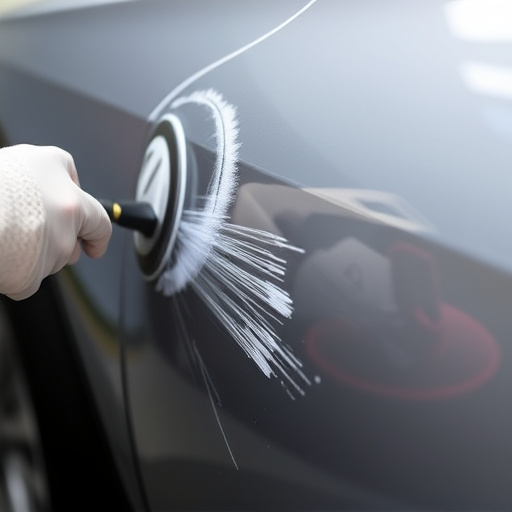
Collision scheduling is a significant challenge in automotive workshops, often leading to extended wait times for customers and decreased efficiency. However, several strategies can be implemented to mitigate these issues and enhance overall workshop productivity. One effective approach is prioritizing repairs based on urgency and complexity. By categorizing vehicle collisions into different levels of severity, workshops can allocate resources efficiently, ensuring that critical repairs are addressed promptly.
Additionally, utilizing specialized software for repair scheduling allows for real-time updates and better visibility. This technology enables mechanics to access the latest information about ongoing jobs, facilitating smoother workflows. For instance, a Mercedes-Benz repair shop could use an automated system to track parts availability, mechanic workload, and estimated completion times, thereby reducing delays caused by unforeseen challenges. Efficient collision management also involves effective communication with customers, providing them with accurate estimates and timely updates on their vehicle’s progress, which enhances customer satisfaction and trust in auto body services.
Repair scheduling collisions, though inevitable in busy workshops, significantly impact turnaround times. By understanding these conflicts and implementing strategies to mitigate them, such as efficient resource allocation and optimized scheduling, auto service centers can enhance customer satisfaction through faster repairs without compromising quality. Leveraging technology for real-time updates and communication ensures a proactive approach, minimizing wait times and maximizing workshop efficiency.


